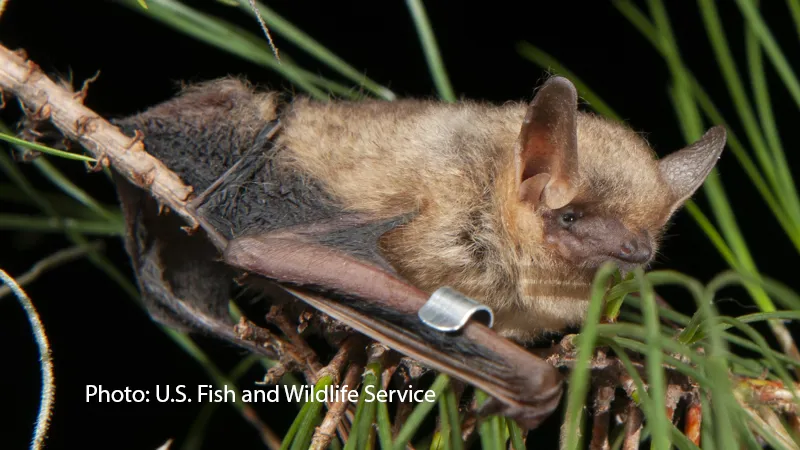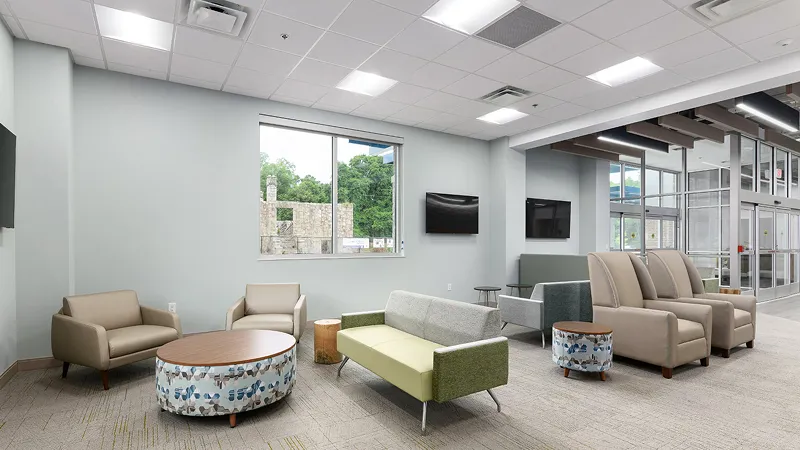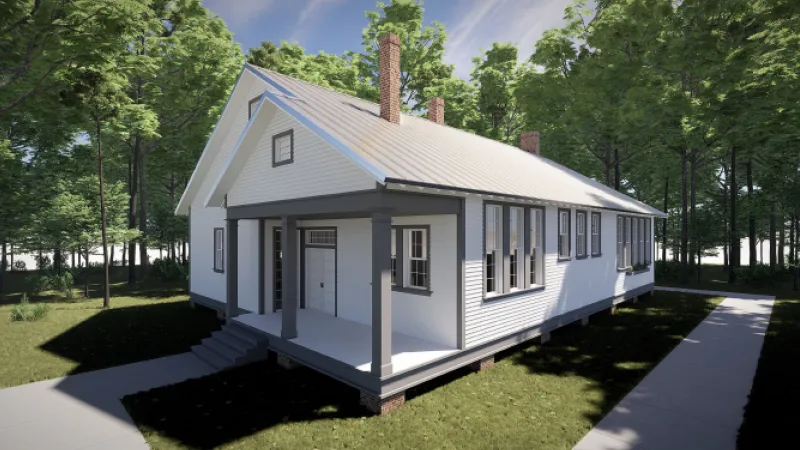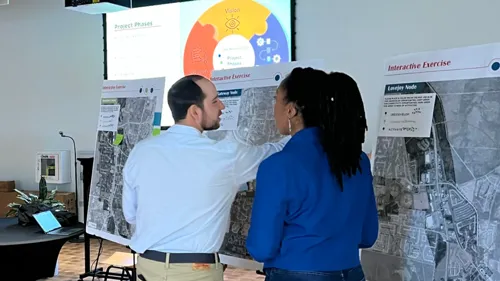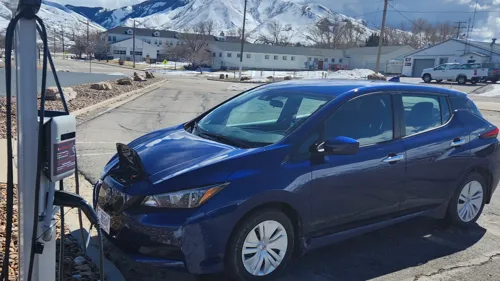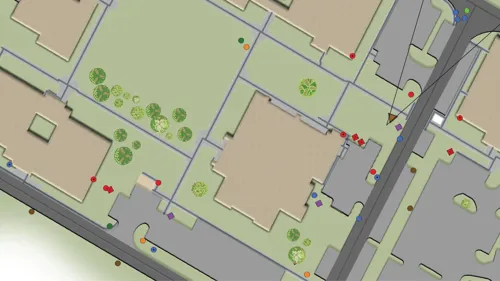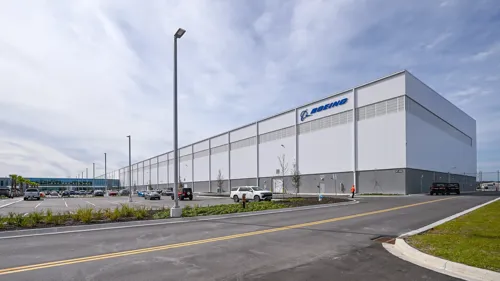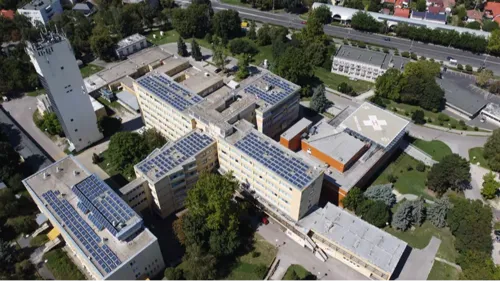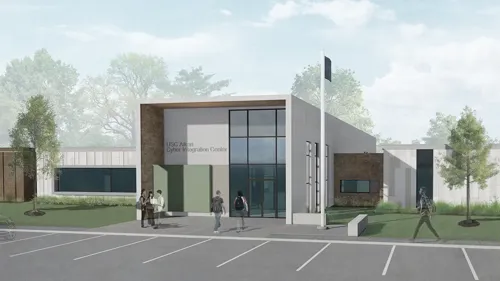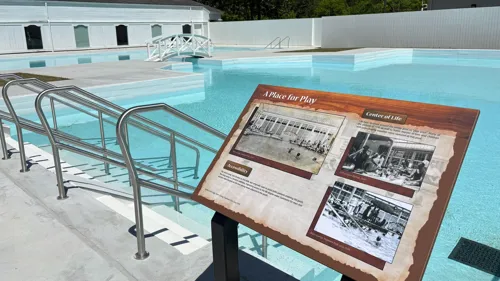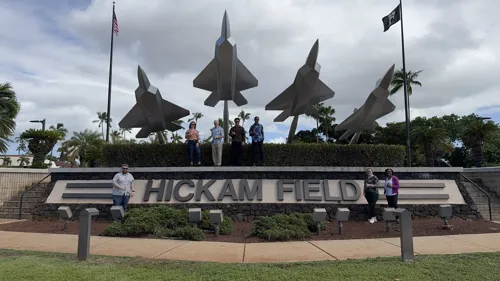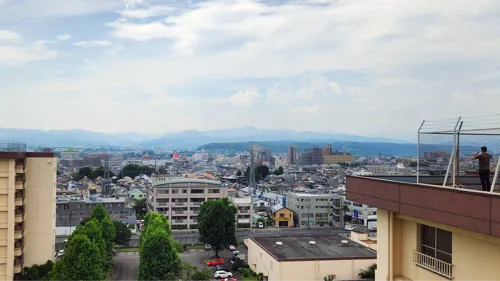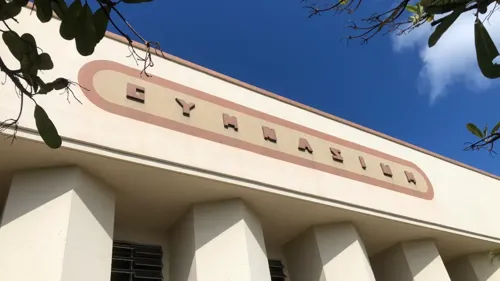Strategic Military Planning Across the Indo-Pacific
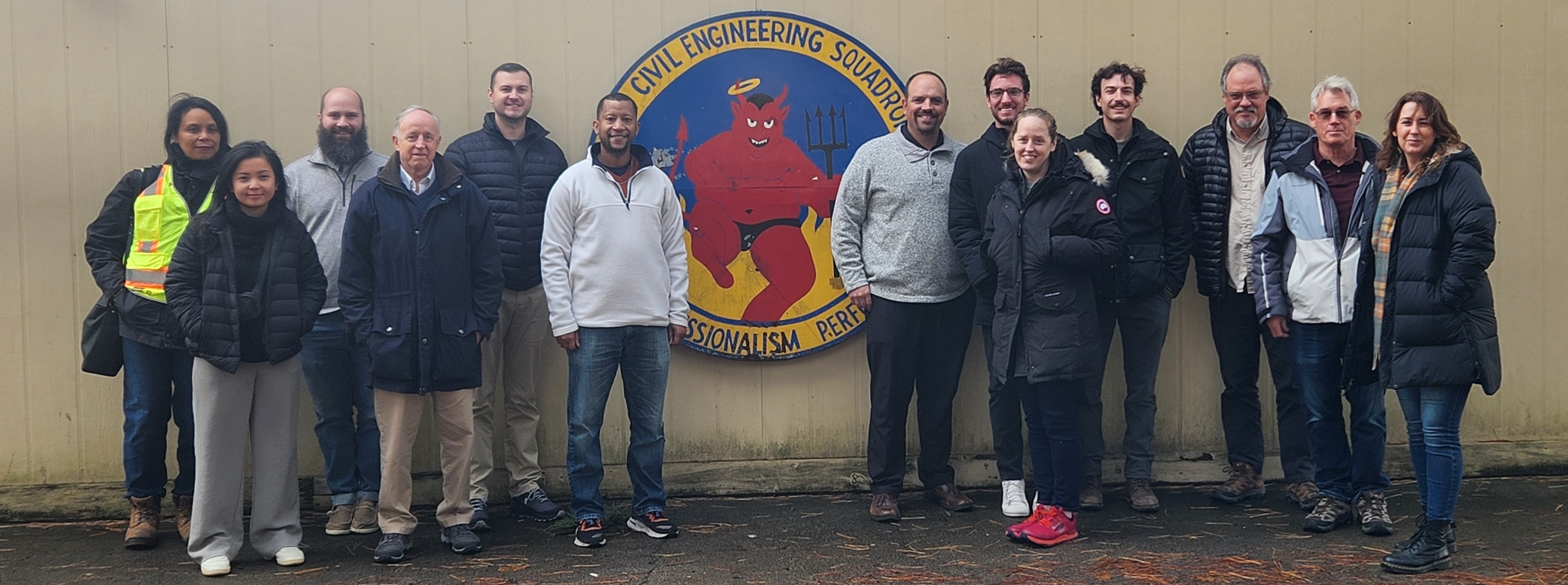
Introduction
In the Indo-Pacific region, where mission requirements shift rapidly and infrastructure must perform in some of the harshest climates on earth, planning is more than a step, it’s the foundation for readiness. Pacific Air Forces (PACAF) installations face a unique mix of challenges: seismic hazards in Japan and Alaska, typhoon-level winds across the Pacific Rim, and salt-laden humidity in Guam and beyond.
As PACAF pivots toward Agile Combat Employment (ACE). dispersing operations across multiple, adaptable locations rather than relying solely on large, centralized bases, long-range installation planning becomes pivotal. It’s about more than today’s mission; it’s about building a resilient, secure, and mission-aligned foundation for decades.
Under the Facilities Sustainment, Restoration, and Modernization (FSRM) program, Pond is working alongside PACAF and the Air Force Civil Engineer Center (AFCEC) to develop actionable roadmaps that align installation development with operational strategy. Between the Arctic and the Pacific Rim, our planning teams are helping installations stay resilient, secure, and mission-aligned.
Planning with Purpose
Every PACAF strategic plan begins with a mission-driven assessment: current and projected aircraft mission sets, personnel housing needs, secure facility requirements, and emerging resilience gaps. From there, planners integrate Unified Facilities Criteria (UFC) compliance, seismic design categories, and antiterrorism/force protection standards into executable roadmaps.
Our master planning efforts combine GIS-based infrastructure mapping, lifecycle cost analysis (LCCA), and environmental impact mitigation to help commanders prioritize investments and sequence development for both near-term readiness and long-term growth.
Master Planning in Action
Tinian North Field, Mariana Islands | Agile Combat Airfield Revitalization
On this historic World War II airstrip in the Northern Mariana Islands, Pond led an Airfield District Development Plan aligned with PACAF’s ACE doctrine. The phased blueprint targets the recovery of two abandoned runways, connecting taxiways, and support zones designed to UFC 3-260-01 airfield criteria to enable potential Instrument Flight Rules (IFR) operations.
Environmental protection was integral: historic aerial imagery and high-resolution drone mapping guided runway and taxiway routing to minimize disturbance in sensitive areas. Multi-agency coordination with the Air Force, Navy, Army, Marine Corps, Space Force, and local governments streamlined three clear courses of action (COAs), each structured for incremental build-out to rapidly deliver usable capacity while planning for full ACE hub capability.
Eielson AFB, Alaska | Repair Arctic Utilidor
At Eielson, where winter temperatures can plunge below -60 °F, Pond developed a strategic replacement plan for over 4,000 linear feet of Arctic utilidor. This below-grade utility corridor houses critical steam, condensate, potable water, and sanitary sewer systems.
The plan evaluated three COAs ranging from targeted repair to full replacement, incorporating Seismic Design Category D criteria, frost-heave mitigation, and corrosion-resistant insulated utiliducts to extend service life. Phased construction sequencing enabled uninterrupted base utilities, with temporary bypass lines in place during Alaska’s short construction season. The selected approach balances lifecycle cost savings with operational resilience, as confirmed through detailed LCCA modeling.
Yokota AB, Japan | Airfield Lighting Modernization
Outside Tokyo, Pond designed a modernization program for Yokota’s runway and taxiway lighting systems, critical to round-the-clock Indo-Pacific airlift missions.
The scope includes photometric analysis, LED fixture conversion, and replacement of the primary electrical vault with a fiber-based, cyber-secure control architecture meeting UFC 3-535-01 standards. Work is phased to avoid interrupting operations, and environmental constraints. Seismic bracing and coordination under Japan Environmental Governing Standards (JEGS) are integrated from the outset. The selected COA delivers full vault conversion, remote touchscreen controls, and system redundancy for long-term reliability.
Looking Ahead
As the Department of the Air Force accelerates ACE and distributed operations, the demand for secure, sustainable, and strategically planned infrastructure will only increase.
Whether it’s realigning hangar usage in Alaska, hardening water systems in the Arctic, or restoring forward airstrips in the Pacific, Pond’s planning teams are helping PACAF installations make informed, compliant, and cost-effective infrastructure decisions today that will support mission readiness for decades.
To learn more about how strategic master planning is shaping PACAF installations, visit Pond’s federal planning and resiliency planning pages.

